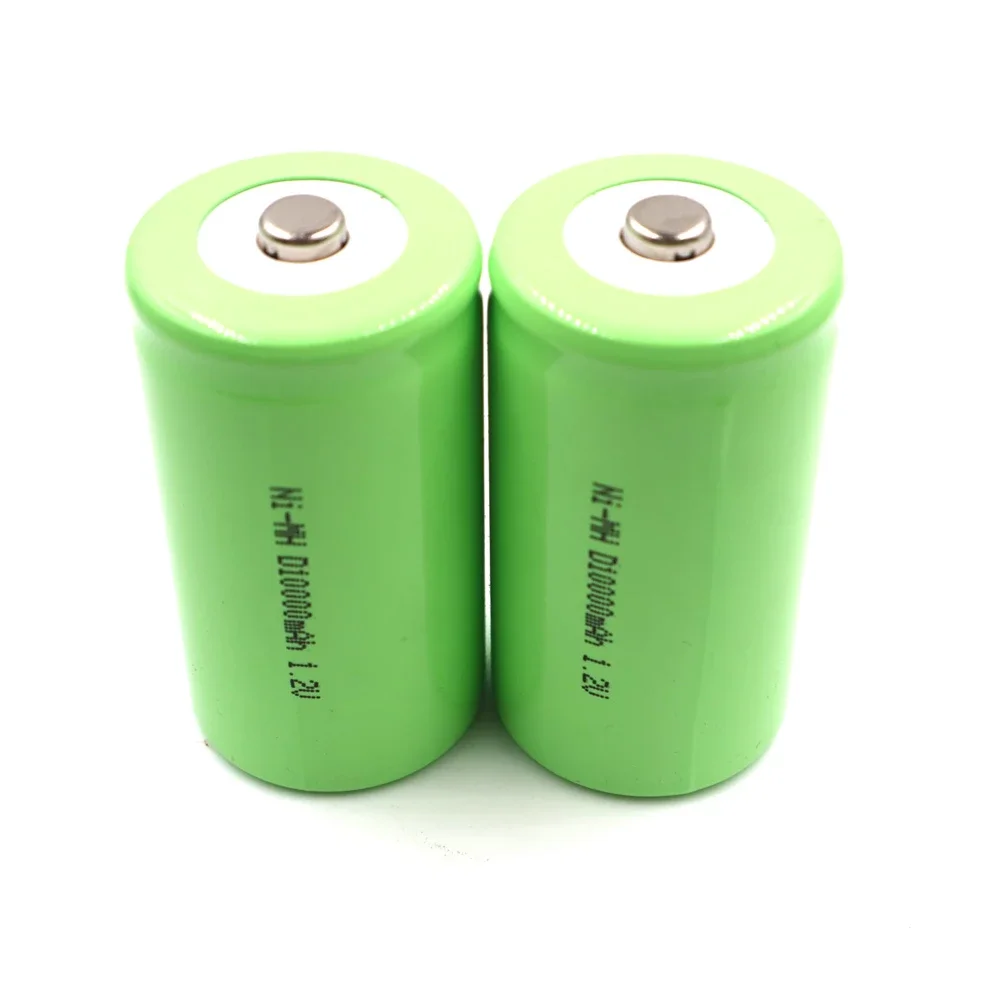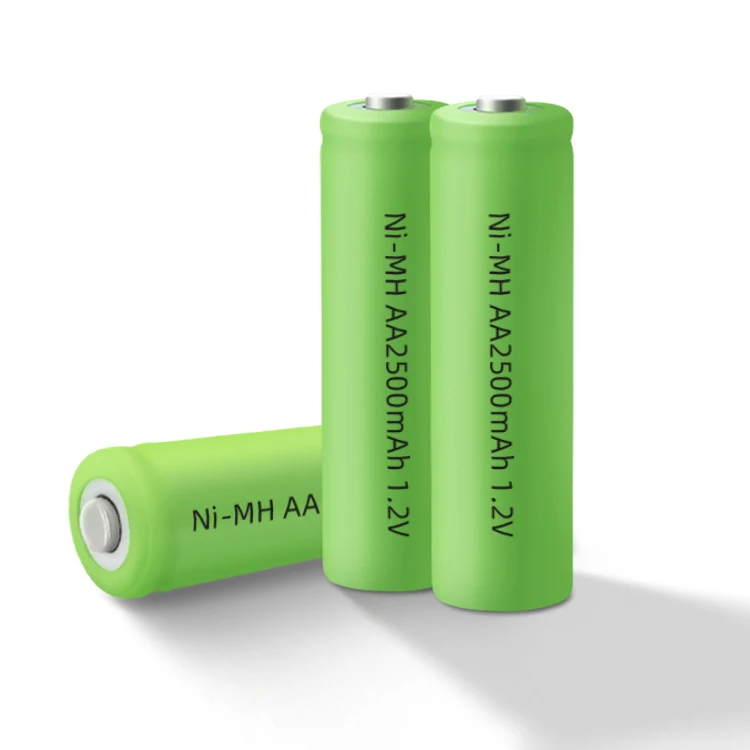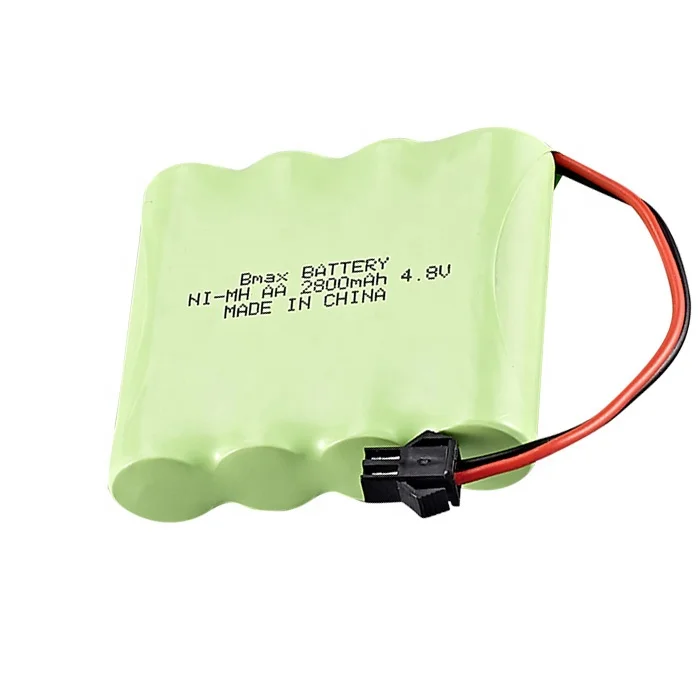Yes, in many cases, you can replace Ni-Cd (Nickel-Cadmium) batteries with Ni-MH (Nickel-Metal Hydride) batteries. However, there are some important considerations to keep in mind:
- Voltage: Both Ni-Cd and Ni-MH batteries typically have the same nominal voltage (1.2 volts per cell). So, if you’re replacing a Ni-Cd battery pack with Ni-MH batteries, ensure that the total voltage of the Ni-MH pack matches the original Ni-Cd pack.
- Capacity: Ni-MH batteries often have higher capacity compared to Ni-Cd batteries of similar size. This means you may get longer runtime from Ni-MH batteries, which can be beneficial.
- Charging: Ni-MH batteries have different charging requirements compared to Ni-Cd batteries. Make sure your charger is compatible with Ni-MH batteries. Some chargers are designed to charge both Ni-Cd and Ni-MH batteries, but always check the specifications to be sure.
- Self-Discharge: Ni-MH batteries have a higher self-discharge rate compared to Ni-Cd batteries. This means they can lose their charge more quickly when not in use. If the device using these batteries is left unused for extended periods, this might be a consideration.
- Memory Effect: Ni-MH batteries are less prone to memory effect compared to Ni-Cd batteries. This means you can recharge them without having to fully discharge them first, which can be more convenient.
- Environmental Impact: Ni-MH batteries are generally considered more environmentally friendly than Ni-Cd batteries because they don’t contain toxic cadmium.
Overall, if the voltage and physical dimensions of the Ni-MH batteries match your device’s requirements and you ensure compatibility with your charger, replacing Ni-Cd batteries with Ni-MH batteries can be a viable and potentially beneficial option.


